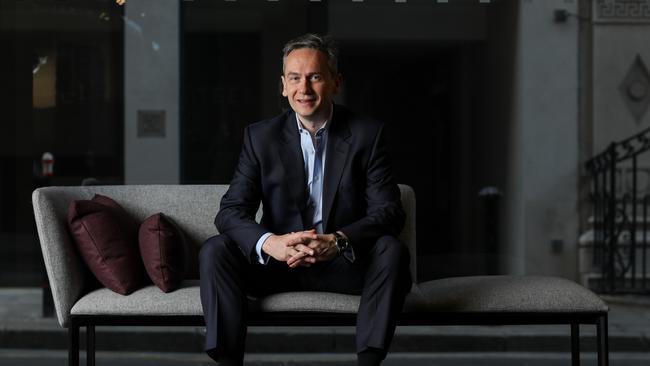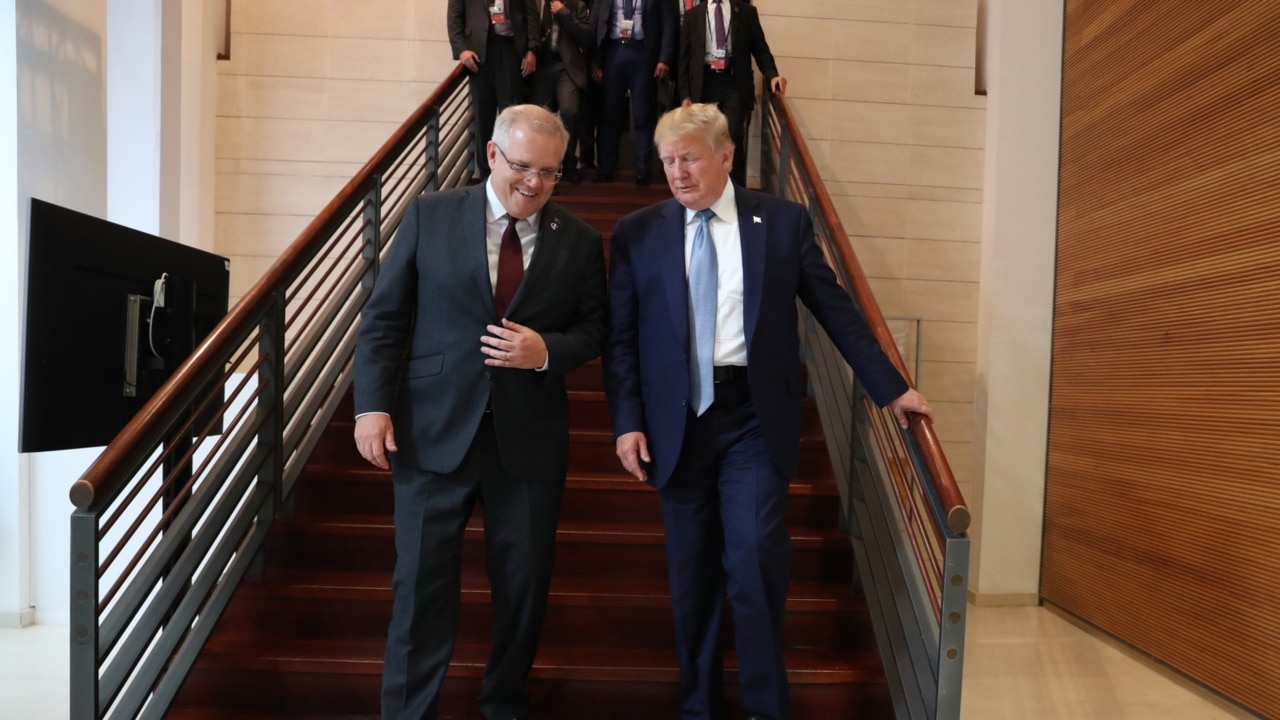Rio Tinto flags shift in strategy in search for growth as tier-one assets dry up
Rio Tinto boss Jean-Sebastien Jacques has flagged a significant shift in strategy as tier-one assets dry up. Here’s his plan.

Rio Tinto boss Jean-Sebastien Jacques has flagged a significant shift in strategy as the global resources giant looks for new growth options, telling a London audience mining majors may have to give up their preference for top-tier assets in order to grow.
Speaking at the London Metals Exchange annual conference in London on Monday night, Mr Jacques said the m ajors “need to think more like fast-moving juniors” in order to grow cash flow, develop new resources, and find new sources of profits.
“With slower global economic growth likely, at least in the years ahead, the appetite for risk-taking in our industry will be low and non-organic growth will be harder to come by,” Mr Jacques said. “All-in-all, I think a different way of looking at ‘growth’ may be needed.”
Read more: Rio Tinto may close NZ aluminium smelter | Rio Tinto lifts iron ore shipments but downgrade woes widen
“Instead of looking for the big bang, maximum net present value development options, perhaps we should look to stage-gate investments, starting with smaller mines, which can be built quickly and safely, with embedded optionality for growth.”
The shift was first flagged by Rio’s innovation and development boss, Stephen McIntosh at Kalgoorlie’s Diggers and Dealers conference in August, in its approach to the emerging Winu discovery in the Pilbara region of Western Australia.
Mr McInstosh told the Diggers audience that Rio was already looking for its first “starter pit” at Winu, a potentially significant copper and gold discovery the company is still exploring. Early work at Winu indicate the deposit could one day host a mine but analysts have questioned its size, suggesting it may not be a “Rio-scale” discovery.
Better way to shareholder returns
Rio, like BHP, has spent the past decade focusing on so-called “tier-one” assets — massive multi-decade operations that can be mined cheaply in bulk, arguing simpler businesses focused on major assets are a better way to shareholder returns than owning a plethora of smaller mines, even if they are profitable.
BHP spun out its second-tier assets into South32 in 2015 and, although Rio has retained some of its lower-profile businesses — such as its borates and mineral sands businesses — they have been in sectors where the company still holds a dominant market position.
Core commodities
Rio has retained other smaller assets, such as aluminium smelters, its interest in the Ranger uranium mine and the Argyle diamond operation.
But in core commodities such as iron ore and copper, and more recently bauxite, Rio has kept its focus on top-tier discoveries and smaller deposits discovered by Mr McIntosh’s team have been quickly sold on.
But, faced with the end of growth at its Pilbara iron ore operations and falling grades or more difficult going at major copper mines such as Escondida and Kennecott, and big delays to its expansion plans at the massive Oyu Tolgoi copper mine in Mongolia, Mr Jacques floated the prospect that Rio may look for a quicker path to incremental growth.

“Shorter-builds mean quicker cash flows to shareholders, communities and governments, de-risking additional investment decisions,” he said.
“Indeed, maybe we need to measure growth and use a different set of weightings on payback times, such as internal rate of return, net present value et cetera.”
“At Rio we are exploring new ways of working, but I admit, changing the direction of a 146- year-old business takes time.”
It is not the first time Mr Jacques has toyed with a move into smaller assets.
He set up the Rio Tinto Ventures unit in 2017 and tasked it with the to search for non-traditional assets and partnership opportunities with junior and emerging miners, particularly in the battery metals and renewable energy space.
Rio Tinto Ventures has been linked to plays for assets across the globe, including a stake in lithium major SQM and a bid for WA’s Kidman Resources, but is yet to sign a deal of any note.
Rio exploration arm has been busy at the junior end of the industry.
However, cutting a swag of deals in the regions around Winu, and elsewhere, many of which — like a $6m agreement with Carawine Resources on Monday — include Rio taking an equity stake in its new partner, as well as committing to exploration spending.
Rio will also look at its existing assets for growth, pointing to the company’s plan to open a US lithium mine after searching through the tailings at its existing borates operations.
“As demand for some materials remains flat or declines, and the circular economy takes hold, the push for scale will change. Technology and innovation will play a key role.
“We are likely to see smaller electric trucks, using GPS and AI to move to the right areas of the pit, reducing payloads, but potentially increasing speed,” Mr Jackques said.
“We can radically reshape the blending we do today and change the way the industry has thought of cut-off grades.
“This could potentially unlock billions of tonnes of previously ‘uneconomic’ resources and lead to the mining of waste and tailings.”


To join the conversation, please log in. Don't have an account? Register
Join the conversation, you are commenting as Logout